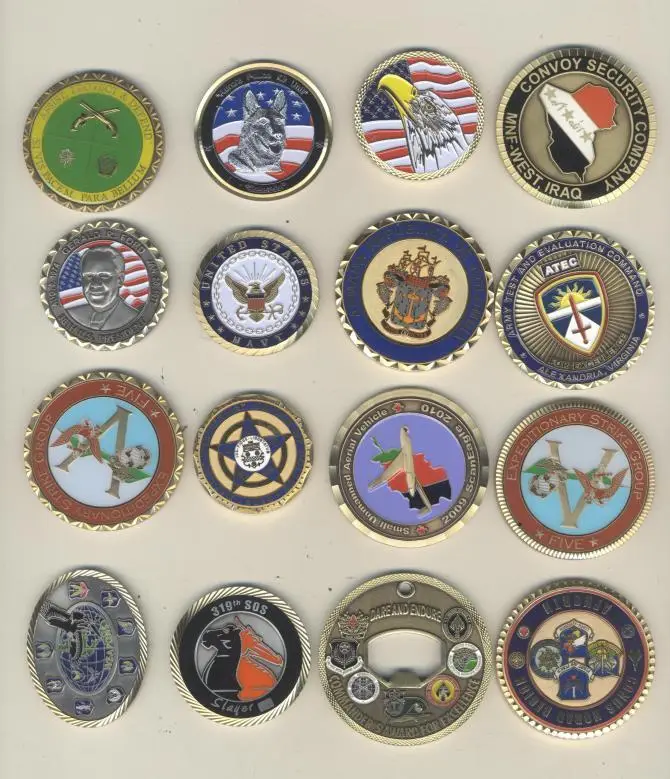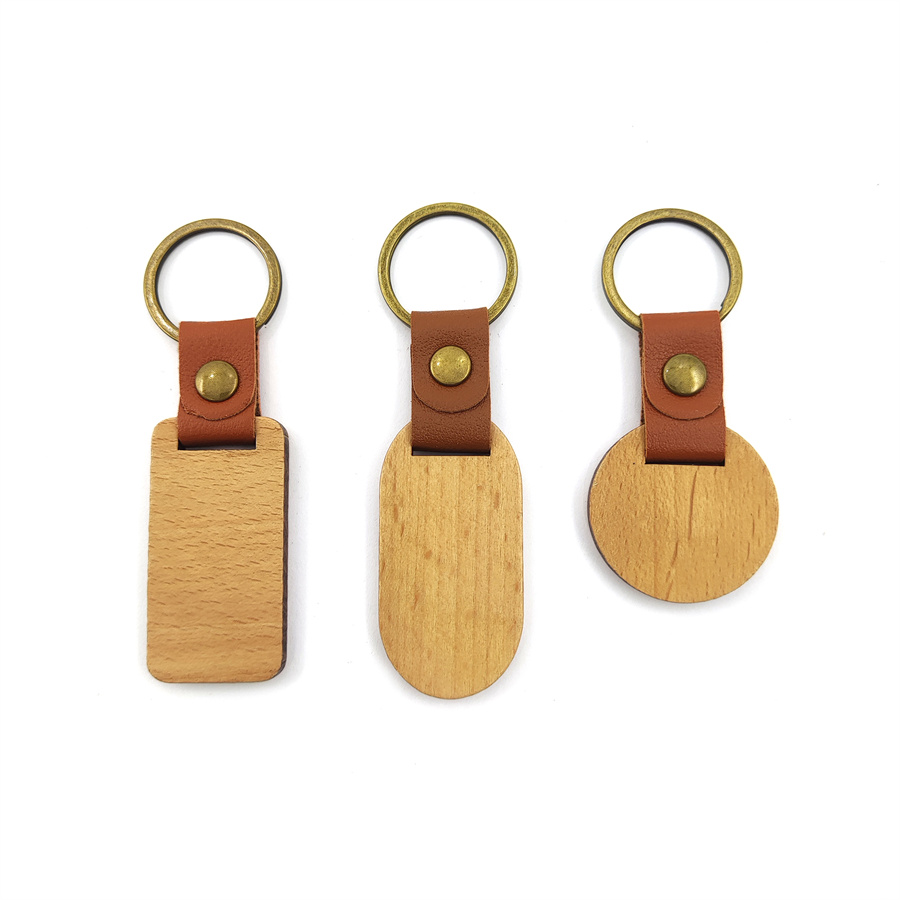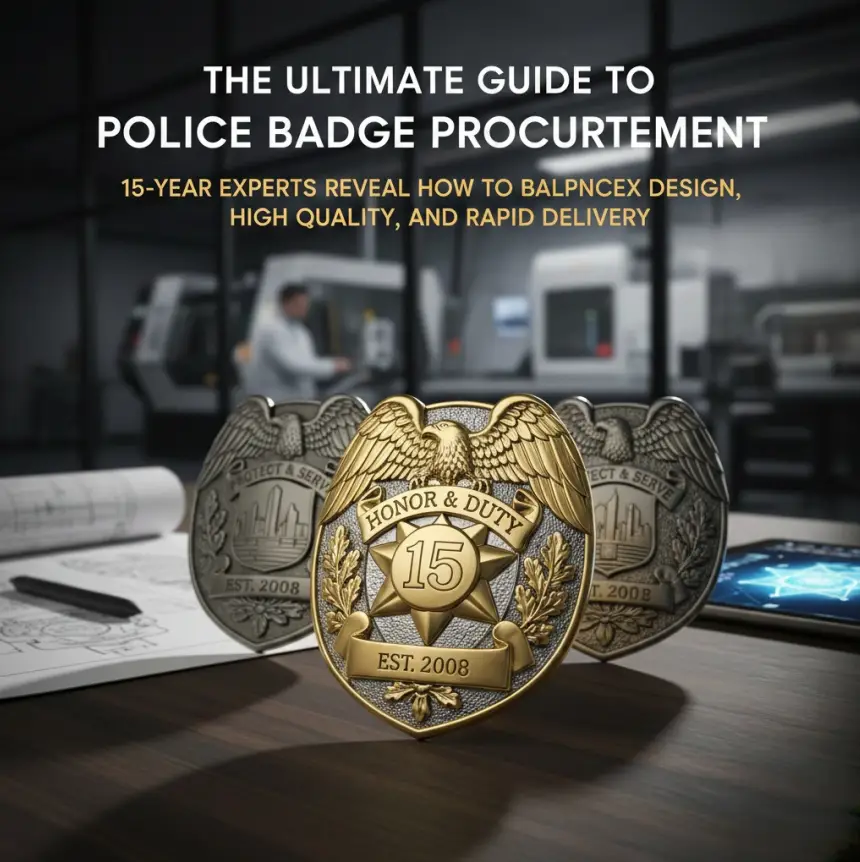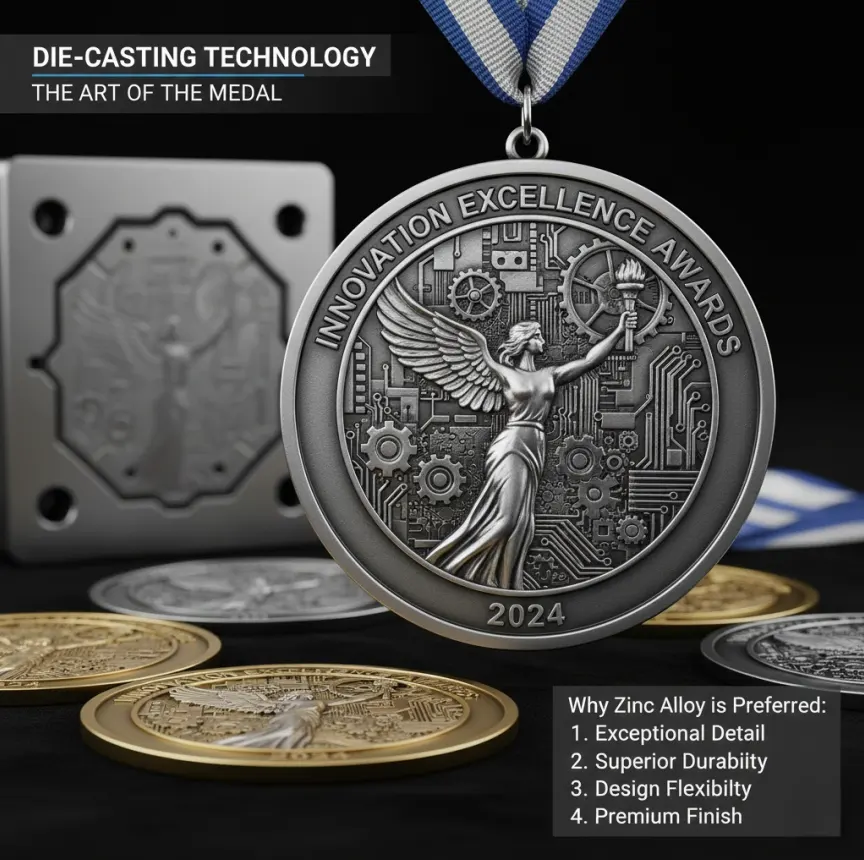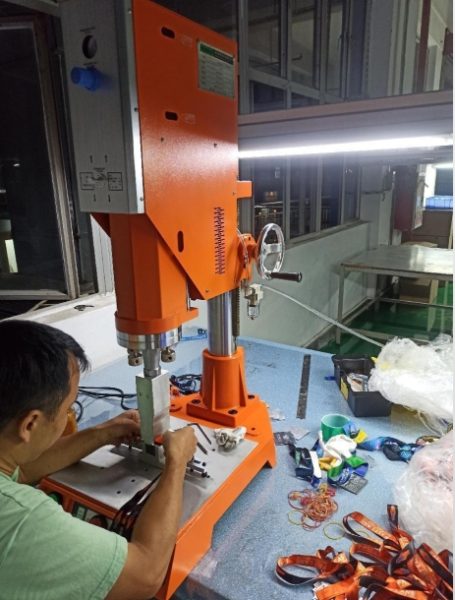
Assembly Purpose: The ribbon of the product is pressure-welded to the product using a machine to enhance its practicality.
Equipment: Ultrasonic plastic welder.
Working Principle: Converted high-frequency electrical energy is transformed into mechanical motion of the same frequency via a transducer. This mechanical motion is then transmitted to the welding horn through an amplitude-modulating device that adjusts vibration amplitude. The welding horn transfers the received vibrational energy to the joint of the workpiece being welded. In this area, the vibrational energy is converted into thermal energy through friction, melting the fabric to form a bond.
In the world of custom medal manufacturing, the humble ribbon is far more than a decorative afterthought—it’s a functional component that transforms a static badge into a wearable, practical accessory. Whether for sports awards, military honors, or corporate recognition, the ribbon assembly process ensures the medal stays securely attached to clothing, bags, or lanyards, enhancing both usability and longevity.
At the heart of this process lies ultrasonic welding technology, a precision method that bonds ribbon to medal with unmatched strength and efficiency. In this guide, we break down the purpose, equipment, and science behind custom medal ribbon assembly, helping you understand why it’s critical to delivering high-quality, durable products.
Why Ribbon Assembly Matters for Custom Medals
Ribbons are more than just colorful additions—they solve real-world challenges for medal recipients:
- Practical Wearability: Ribbons allow medals to be displayed proudly on jackets, uniforms, or lanyards without damaging the badge itself.
- Versatility: They enable customization (e.g., color-coded ribbons for different achievements or events).
- Durability: A secure bond ensures the ribbon stays attached, even after repeated use or exposure to sweat, heat, or friction.
The Ribbon Assembly Process: Ultrasonic Welding for Precision
Most premium custom medal ribbons are assembled using ultrasonic plastic welders—a technology that combines speed, strength, and clean results. Let’s explore how this process works:
1. Assembly Purpose
Ribbon assembly integrates a fabric or polyurethane ribbon into the medal’s design, creating a seamless, functional unit. This step adds:
- Convenience: Recipients can easily attach the medal to their clothing or gear.
- Aesthetic Appeal: Ribbons complement the medal’s design (e.g., matching event colors or organizational branding).
2. Key Equipment: Ultrasonic Plastic Welder
Ultrasonic welding machines are the backbone of modern ribbon assembly for custom medals. These devices use high-frequency mechanical vibrations to bond materials without adhesives, screws, or excessive heat—making them ideal for delicate fabrics or heat-sensitive ribbons.
Components of an Ultrasonic Welder:
- Transducer: Converts high-frequency electrical energy (typically 20–40 kHz) into mechanical vibrations.
- Amplitude Modulator (Horn): Adjusts the amplitude (strength) of vibrations to match the ribbon’s thickness and material.
- Welding Head: Applies focused pressure and vibration to the ribbon-medal interface, ensuring uniform energy transfer.
How Ultrasonic Welding Bonds Ribbon to Medal
The process is fast, precise, and clean—here’s a step-by-step breakdown:
- Preparation:
- The medal (metal, enamel, or resin) features pre-molded “ribbon channels” (grooves) where the ribbon will be inserted.
- The ribbon (polyester, nylon, or satin) is cut to length and aligned into these channels.
- Energy Transfer:
- The ultrasonic welder emits high-frequency electrical energy, which the transducer converts into mechanical vibrations.
- These vibrations pass through the amplitude modulator (horn), where their intensity is adjusted to suit the ribbon’s material and thickness.
- Friction-Heat Welding:
- The welding head presses the ribbon firmly into the medal’s channel.
- The mechanical vibrations create friction between the ribbon and medal, generating heat at the contact point. This heat melts the surface of both materials (if thermoplastic) or activates an adhesive layer (if used), forming a molecular bond.
- Cooling & Curing:
- After 1–3 seconds of vibration, the weld cools rapidly, solidifying the bond.
- The result is a seamless, airtight joint that resists peeling, tearing, or water damage.
Advantages of Ultrasonic Welding Over Traditional Methods
Compared to outdated techniques (glue, stitching, or rivets), ultrasonic welding delivers superior results for custom medal ribbons:
| Feature | Ultrasonic Welding | Traditional Methods |
|---|---|---|
| Strength | Molecular bond (stronger than glue). | Relies on adhesives (prone to degradation). |
| Speed | 1–3 seconds per weld (high throughput). | Drying/curing time (slower production). |
| Aesthetics | No visible seams, glue, or hardware. | Glue residue, visible stitches, or rivets. |
| Material Flexibility | Works with fabrics, synthetics, and thermoplastics. | Limited to glue/staple-compatible materials. |
Why Partner with a Manufacturer Expertise in Ribbon Assembly?
At [Your Company Name], we treat ribbon assembly as a critical quality checkpoint. Here’s what sets our process apart:
- Industrial-Grade Equipment: We use high-frequency ultrasonic welders (40 kHz) for precise control over weld strength and appearance.
- Material Expertise: Our team tests welds on diverse ribbon materials (satin, polyester, nylon) to ensure compatibility with your medal’s design.
- Durability Testing: Every ribbon assembly undergoes stress tests (e.g., tensile strength, vibration resistance) to guarantee it withstands real-world use.
Customization Options for Medal Ribbons
Ultrasonic welding isn’t just for standard ribbons—we offer tailored solutions to match your brand or recipient needs:
- Color Matching: Ribbons dyed to align with your event’s theme, brand colors, or organizational palette.
- Adjustable Designs: Ribbons with “slipknot” or detachable segments for customizable fit.
- Branding Integration: Sublimation printing, embroidery, or foil stamping on the ribbon for added personalization.
Final Thoughts
Ribbon assembly is far more than a final step in custom medal production—it’s a critical component that determines the medal’s usability, durability, and overall value. By leveraging ultrasonic welding technology, manufacturers like [Your Company Name] deliver ribbons that stay secure, look seamless, and enhance the recipient’s experience.
Whether you’re crafting medals for a motorcycle club, corporate event, or military organization, investing in high-quality ribbon assembly ensures your products stand out from the competition. Ready to create your next custom medal? Contact us today to discuss your design, ribbon material, and production needs—we’re here to bring your vision to life with precision and expertise.

